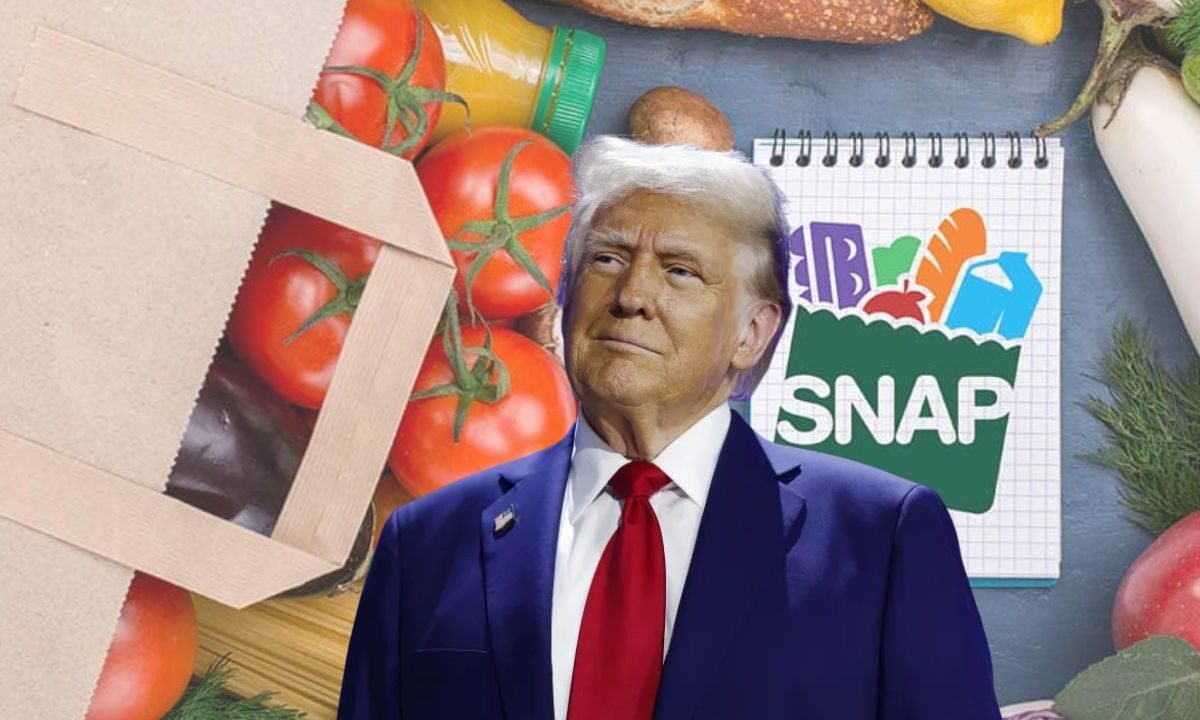When the U.S. government shuts down, the impact goes far beyond Washington. Families, seniors, and children who rely on federal nutrition programs such as SNAP benefits, WIC, and local food banks are among the first to feel the pressure.
With the 2025 shutdown now stretching into multiple days, millions of Americans are wondering whether their benefits will continue and how food banks will cope with a likely surge in demand.
This article explains how the shutdown affects food assistance, what contingency plans are in place, and why food banks could face new challenges in the weeks ahead.
What Is SNAP and Who Uses It?
The Supplemental Nutrition Assistance Program (SNAP), often called food stamps, is a federal program that provides monthly food support to low-income households. Benefits are loaded onto an EBT card, which works like a debit card at authorized grocery stores and markets.
- In 2024, more than 41 million Americans used SNAP each month.
- Around 12% of the population depends on it for groceries.
- The program is overseen by the USDA but carried out with help from states.
For many families, SNAP ensures that food is on the table when budgets are stretched thin.
What Happens to SNAP During a Shutdown?
1. October Benefits Are Safe
Because funding is obligated in advance, October benefits are already secured. Households will see their usual payments on their EBT cards with no changes.
2. Risks for November and Beyond
The real concern starts if the shutdown continues into November:
- Funding uncertainty: Without congressional action, money for future months could run out.
- Administrative delays: Fewer USDA staff means slower processing of applications, renewals, and benefit files.
- EBT vendor issues: If state contracts lapse or aren’t renewed on time, some stores could lose their ability to accept SNAP.
During past shutdowns, the government paid benefits early or passed emergency measures, but there is no guarantee that will happen again.
What About WIC and Other Nutrition Programs?
The WIC program (Women, Infants, and Children) is even more vulnerable. Unlike SNAP, WIC funding is distributed quarterly, and the shutdown began at the start of the fiscal year. Many states only have enough carry-over funds to last one to two weeks. If the shutdown drags on, WIC clinics could face closures or reduced services.
School meal programs and other child nutrition initiatives are expected to operate normally for now, but prolonged funding gaps could eventually affect them too.
Food Banks: The Safety Net of Last Resort
When SNAP and WIC face delays, families often turn to food banks. These community organizations already serve millions of Americans, but a shutdown can put them under intense strain.
Here’s a breakdown of how food banks are affected:
| Impact Area | Description | Possible Consequence |
|---|---|---|
| Rising demand | Furloughed workers and unpaid federal staff seek help. | Sharp increase in families visiting pantries. |
| Supply challenges | USDA programs that provide food shipments may slow down. | Food shortages at local banks. |
| Licensing issues | Retailers can’t renew EBT approvals during shutdown. | Limited places for SNAP users to shop. |
| Funding pressure | Charities face higher costs for transport and storage. | Difficulty keeping shelves stocked. |
In past shutdowns, food banks saw major spikes in demand, especially when benefits were delayed. If this shutdown continues, the pressure will likely intensify.
What Could Happen Next?
- Mid-October: States need to send data for November SNAP payments. Without USDA support, delays could occur.
- Late October: Contingency reserves may be depleted, raising the chance of disruptions.
- Extended shutdown: WIC and food bank resources could be stretched to the limit, creating food insecurity for millions.
The 2025 government shutdown is more than a political battle—it’s a direct threat to the stability of SNAP benefits, WIC programs, and the food banks that millions rely on. While October payments are secure, November and beyond remain uncertain.
Families may face disruptions, states may struggle to process benefits, and food banks could be overwhelmed with demand.
Unless swift action is taken, the nation could see a deeper hunger crisis unfold, hitting the most vulnerable communities hardest.
FAQs
Will SNAP benefits stop completely during the shutdown?
No. October benefits are already secured, but future months may face delays or cuts if the shutdown continues.
How long can WIC keep running during a shutdown?
Many states have only one to two weeks of funds. A prolonged shutdown could reduce or halt services for women, infants, and children.
Why do food banks struggle more during shutdowns?
Because demand increases while federal food shipments may slow, food banks must stretch limited resources to feed more families.

